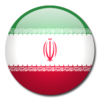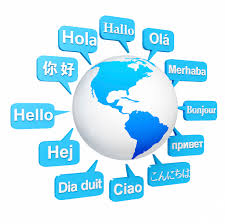“Translation is the communication of the meaning of a source language text by means of an equivalent target language text.” Translation initiated after written literature, however it is a difficult job due to the existence of idioms, calques, loanwords, and set forth in the languages. Translation is a job in which the translators can change the original meaning generally and deliver a totally different target text.
Experienced translators know that translation is far more than substituting words and concepts. In fact, it is somewhat possible in the case of computer programming languages and other machine languages (such as artificial intelligence) but not for natural human languages.
Having these in mind, what can make a good translation?
Accuracy, logic, clarity, correct tone and level of language (e.g., level of formality or technicality), and on-time delivery are very important features of a good translation. In addition, function and purpose of the translation need to be taken into account. For example, a court translation needs to be accurate; a publication translation need to be smoothly. Therefore, the ultimate audience, purpose, and expectancy of the customer are very critical in translation. Considering these issues are not very difficult to apply but are noteworthy.
Here let us consider some points:
1. A good translation looks like an original target language text. In other words, when another person reads it, he assumes that it is a native like text in the target language.
2. The text needs to be natural, considers the cultural differences between the source and the target language (note that some sentences can not be translated literally).
3. Idioms and cultural differences should be taken into account. For example, for translating USA health insurance model, you need to find something the same in the target language to make it tangible for the audience.
4. Terminology of the specific fields should be considered, like medical or pharmaceutical terms.
5. Consistency is assured during the whole text. Some words have many translations but a good translation needs to stick to one of them during the text in order to make the text comprehensible.
6. Translating the statements of famous or historical people should be considered accurately. Perhaps they were translated before and native people of the target language know them well.
7. The guidelines of the customer needs to be considered. This shows the quality of the work.
8. Translator of the text needs to be native speaker of the target language and experienced and professional in the area of the article.
9. The translation needs to keep the content and message of the original text.
10. The translation should adhere to the grammar of the target language.
11. The translation should adhere to the punctuation of the original text.
12. The author's tone and style should be understood and be reflected in the text of the translation.
After completing the translation, it should be read carefully by the translator and some other specialists in the field. In this case, they can comment on the text and enhance its quality.
 English
English Persian
Persian

